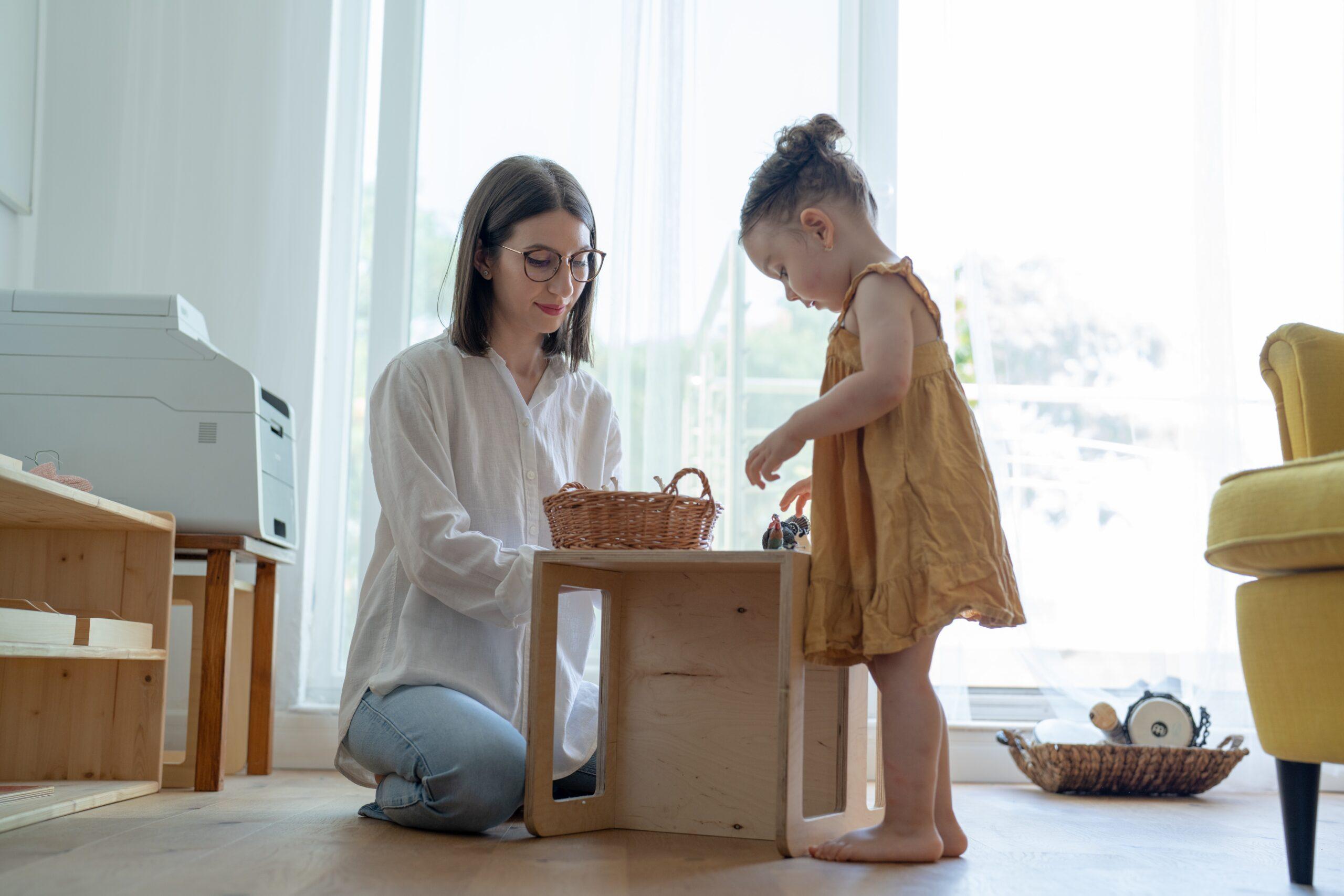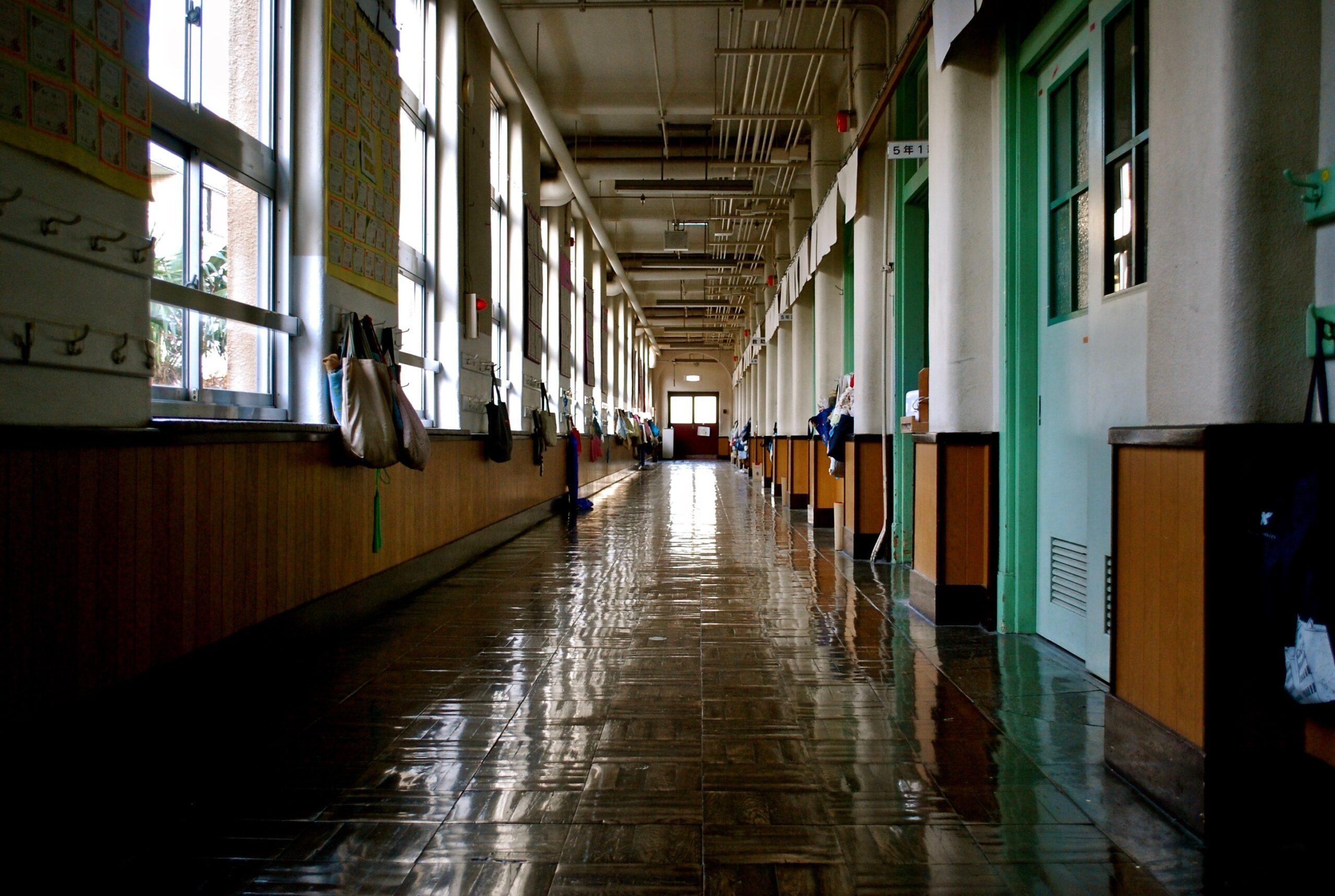For many children, nursery school is their first taste of school— a structured place where they will learn, grow and participate for many years to come. Early educators provide nurturing introductory settings, encouraging children to feel secure and comfortable. Preschool then becomes a time for children to expand their role from family member to class member, to take naps and turns, and to build blocks as well as friendships.
But, what if your child finds nursery school too challenging? What if getting your child to school fills him with anxiety, and once he arrives at school, he cries and begs you not to leave? What if once in the classroom, your child prefers to wander off by himself instead of socializing or participating in class discussions? What if transitions to each activity cause hardship and frustration?
It may be difficult to determine whether your preschooler’s behaviors are age appropriate or worthy of intervention. Most young children are innately energetic, impulsive, inattentive and easily frustrated. However, parents can often discern appropriate behaviors from concerning ones. Parents know their children best, understand their “triggers,” and can judge when a behavior’s frequency and/or intensity is not within a reasonable range— or is interfering with a child’s ability to succeed.
Attending a nursery program can be further complicated if a child is experiencing a developmental delay or a processing or sensory issue. My son was speech delayed, and it was recommended that he attend a mainstream nursery school so he could benefit from language and social models. Even with the assistance of a Special Education Itinerant Teacher (SEIT), attending a mainstream school in a class with 18 other children and various transitions throughout the day could have been a potential disaster.
Fortunately, I could employ several coping strategies to reduce the stresses of nursery school life. Read on to discover six home and school strategies that can assist children with special needs— and may be generalized for all young learners— to manage essential early experiences.
Establish a Steady Routine.
While most children thrive from routine, organization and structure, special needs children crave it. Simply put, they feel secure when there are no surprises and they can anticipate events. Following a structured routine is especially helpful when preparing your child for school each morning, given the many tasks that must be accomplished in a compressed amount of time. For example, a standard morning may consist of the same wake-up time and familiar breakfast choices, followed by getting dressed, brushing teeth and leaving for school. Eventually, as your child gains confidence and functions more independently, routines become relaxed.
Set the Tone for the Day.
Begin your child’s day by allotting enough time for him to progress through his morning routine and leave home without rushing. A mad morning rush can frazzle everyone, especially an easily frustrated child. You can set a positive tone for your child’s day just by spending a few minutes alone with him during breakfast or on the front steps before the school bus arrives. Another option is to enjoy a relaxed walk to school together.
Preview.
Just as we physically prepare for our tomorrows by laying out clothes or completing homework, special needs children often require cerebral preparation. Ask your child’s teacher for the week’s activities so you can preview each day’s topics with your child, and repeat them a few times. Repetition and visual cues can enhance how your child processes new information. This means that a class discussion on rainforests can be more significant to your child if you provide him with some fun facts to share during a class discussion. If your child benefits from a multi-sensory approach, try reinforcing his understanding with visual or tactile cues. Show him pictures of rainforest wildlife or steam up the bathroom and bring in plants so your child can experience a rainforest firsthand.
Arrive Early.
When your child arrives to class, perhaps he is overwhelmed by the room’s size or appearance, or the number of children that have already arrived. A sensory sensitive child can feel “overloaded” by these factors and may respond by retreating to a quiet corner, or conversely by acting out.
Arriving early to his class allows your child to gradually prepare for the influx of energy. He can use this extra time to get settled, have a few moments alone, show you his work or adjust to changes that occurred from the previous day. Join your child on the floor in an activity of his choice and slowly include other children in your play as they arrive.
Develop a Separation Routine.
Separation is never an easy issue, but different approaches can be utilized to lessen conflicts, depending on your child. While an independent, social child may hardly remember to say goodbye, a more fragile child may be overridden with anxiety and fear from the mere thought of separation. Once you have been in your child’s class for a few minutes, and he has established interest in an activity (possibly including other children), this may be the ideal time to quickly separate, kiss your child goodbye and remind him you will see one another later. You can also mollify your son by telling him about an enjoyable activity he will do after the school day.
Routine is key in separation. Establishing a consistent separation routine enables your child to learn from repetition and remember that he will see you later. Your child’s teachers can assist with this process if things are not going smoothly. While no parent wants to leave a crying child, it may not help to prolong the separation. It is important to remember that your child will eventually calm down, and this is a skill he needs to master.
I remember running back to my son’s class after just leaving him hysterically crying during drop-off. To my surprise and elation, I found a calm, gregarious and engaged child, and I felt ridiculous that I was the only one still in tears.
Utilize Transition Coping Strategies.
The many transitions a toddler makes in the few hours he is in school can also be overwhelming. An average morning may include free play, circle time, music, art, library learning, gym recreation indoors and outdoors, movement activities and birthdays or other celebrations. Lining up to change rooms, or changing in and out of outerwear, may seem like a simple task. However, such tasks are difficult for children challenged by transitions.
Your child may be unprepared to make a transition because he has not yet completed his previous activity or is unclear what the next activity will be. Some children need cues to assist with processing change. Agendas with pictures and words, five-minute transition warnings and flickering lights may ease your child into a transition and provide him with the extra time he needs to feel comfortable making the change from one activity to another. An assigned “buddy” may also give your child the security he needs to move calmly throughout his day. Such a buddy is someone who will hold your child’s hand as classmates line up for library time or who reminds your child what’s next when performing a classroom activity.
Though as parents we would like to provide our children with the perfect first school experience, the reality is, we can’t. We can, however, consistently receive our children with warm and loving sentiments to make them feel comforted and secure, and to help them mature into children who can cope with new experiences and change. As parents, we can also provide our children with a home life in which fun is a family routine. As parents of special needs children, we tend to focus on the work that needs to get done and the therapies that need to be scheduled— that will hopefully dull the “differences.” Whether you’re preparing your preschooler for school or relaxing together as a family, celebrate the unique gifts and differences that make our children very special kids.




